In Mozambique, the latest collaborative project inspired by the African textile collections continues to provide the team with revealing insights into the role of clothing in individual and collective identity.
The team from the Women’s Identity, Textiles and Heritage: Coastal Style in Mozambique (WITH Coastal Style) project supported by the Rising from the Depths Network continues research into the role of material heritage amongst women in coastal Katembe, where small communities live and work just a few kilometres across the bay from the Mozambican capital city.
Within sight of the urban skyline of Maputo, this project focuses on understanding and highlighting the complex relationship between tradition and change in the lives of women of all ages. Through investigation of the capulana, we have been learning more about the role and significance of this most visible statement of clothing practice in the region, and more broadly, providing a forum for women to discuss wider issues relating to the lives they lead.
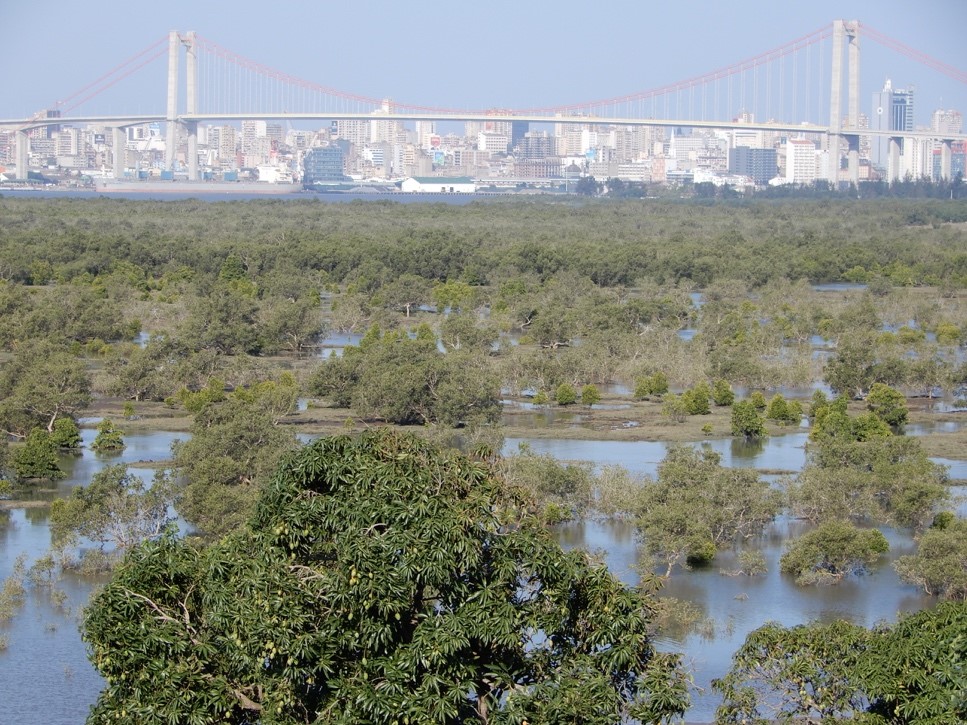
This is a project which requires investigation not only into contemporary practice through focus group surveys and individual interviews, but also research into the history of the region and inhabitants. Emilia Machaiaie and Claudio Mondlate, Project Research Assistants, have been working in the University of Eduardo Mondlane library and archives in Maputo to identify historical sources and references which provide context for the project research. In the Iconoteca do Arquivo Histo’rico de Mozambique, photography from the early to mid-20th century has been located which provides us with fascinating early visual references on the continued use of capulana by women in the region, from market scenes to the use of the cloth as a wrapper for new-born babies. Research has also led to the Centro de Documentacao e Formacao Photographic Archive, Mozambique where there is an archive of photographs taken by the famous Mozambican, Maputo based photojournalist, Ricardo Rangel, whose work includes a series on Katembe, taken in the mid-20th century, which is also relevant to our archival research.
I returned to Mozambique in November to catch up with the Maputo-based team members and to join them for more research visits to Katembe to undertake focus groups and interviews with women identified by Project Co-I Valda Marcos through her contacts Romao Vicente and Bernardo Martiaho from the Department of Fisheries. During these visits, the project gathered information from communities in Katembe distributed along the coastline.
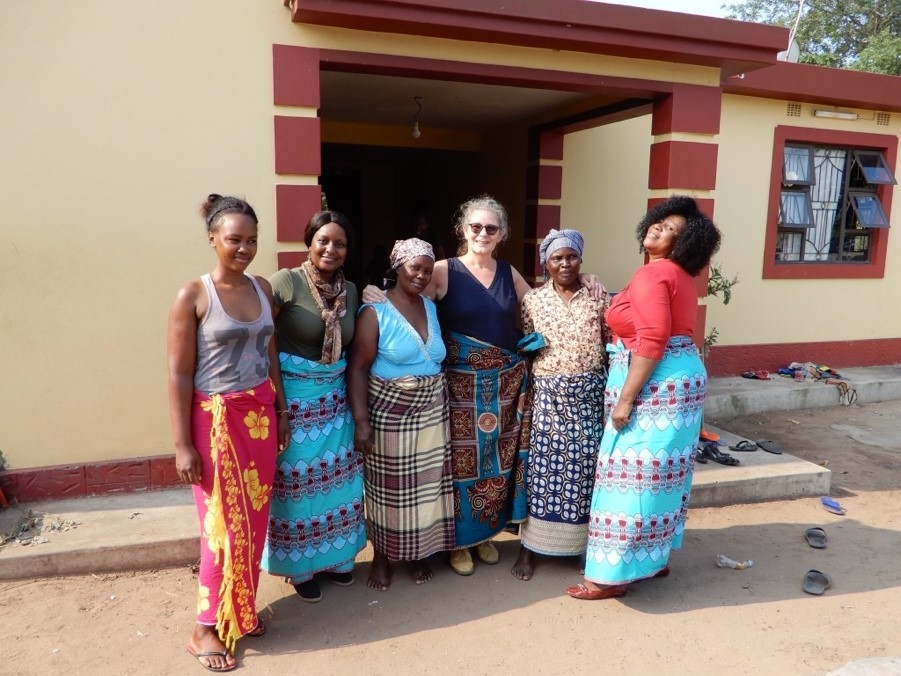
This was made possible with the support of community leaders. The complexities of liaising with women with busy working lives required flexibility. Many of the women are responsible, not only for the processing and sale of daily catches of fish, but also for growing vegetable crops on their small plots of land. During my visit there were torrential, and unusually long-lasting bouts of rainfall which necessitated some interviews to be re-scheduled at short notice as women went to work in their fields to maintain their young crops, particularly precious as the previous season’s drought had resulted in a seed shortage.
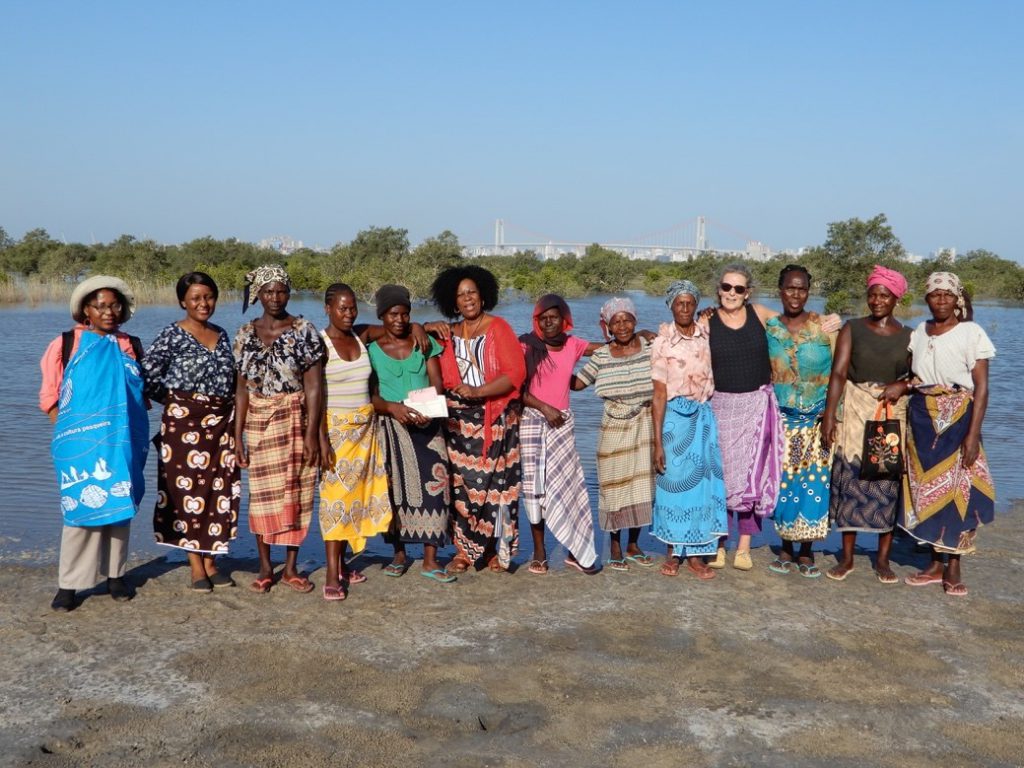
Over three days of research visits in Mahlampfane, Guachene and Incassane neighbourhoods we were able to reach and speak to a total of sixteen women ranging in age from 19 to 67 years. Focus groups and interviews in either Shangana or Portuguese languages were led by Research Assistant Emilia. All the women included in the research to date were born and raised in Katembe, and the young women who have joined our discussions live close by their mothers, forming close-knit communities with strong bonds, who share much in their daily lives. We have also met women who, if not related to each other, are lifelong friends.
These included a focus group in Mahlampfane with Ana, Katarina and Zenia who range in age from mid-sixties to early-twenties. Following our arrival and our introduction to the project Ana went into her house and returned with three capulana which she kindly presented as gifts of welcome for each of the team. The capulana is a popular gift for special occasions including birthday, Valentine’s day, naming ceremonies, weddings and funerals.
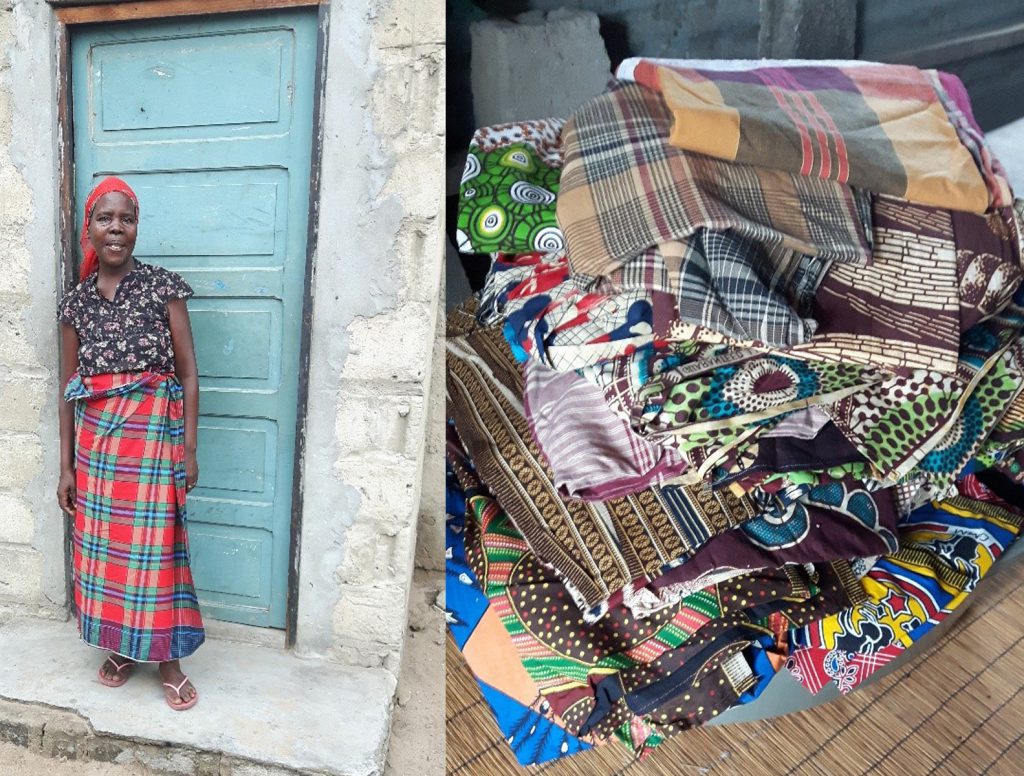
The interviews focused on personal capulana collections, which included Cristina, who we first met in July during a focus group. She has an extraordinary collection numbering over 150 different patterned cloths which she had collected over some twenty years.
In our interviews with mother and daughters Margarida, Tsaura and Rosa, also in Guachene neighbourhood, the role of the capulana as a symbol of shared identity was revealed, when they each showed us cloth with the same design, chosen by their group of family and friends and worn on National Women’s Day celebrations in Katembe in 2018.
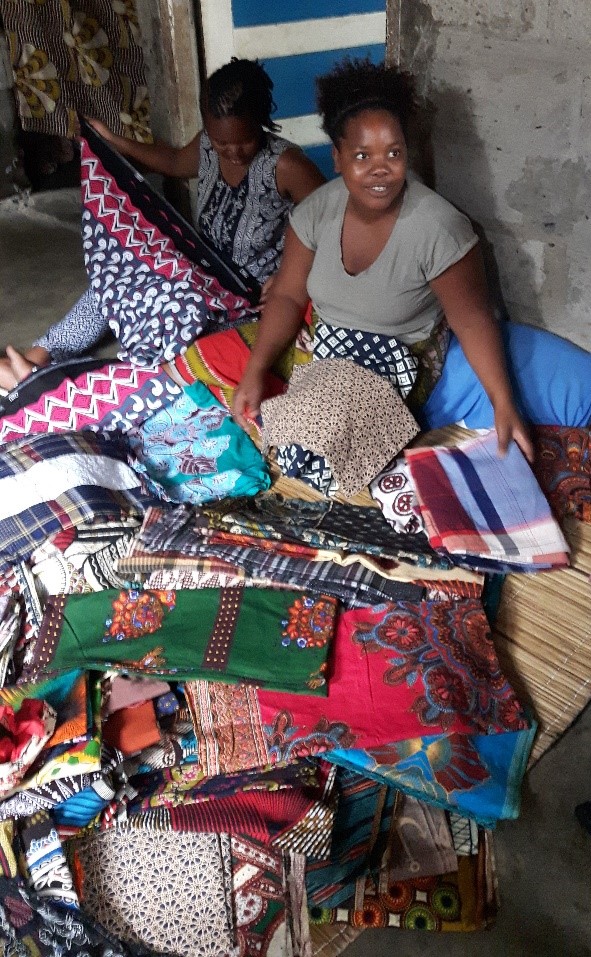
We were delighted to welcome Dr Solange Macamo, Rising from the Depths Network Co-ordinator for Mozambique, on the visit to Incassane where we held a focus group of nine women aged 32-67 years. The opportunity for the women to participate in the project was greeted with a degree of curiosity and then enthusiasm, with our questions provoking detailed responses and discussion, just as elsewhere in Katembe district.

Whilst I was in Maputo we also began the next phase in planning and design of the project exhibition at the Fortress Museum, overseen by Curator and Project Co-I Moises Timba. We will draw on the photographs of the research visits by project photographer Yassmin Forte, and the forthcoming transcriptions of the interview’s audio recordings in Portuguese and English for display content.
Before I returned to Edinburgh I also took the opportunity to visit Pandia House with Emilia, a Maputo ‘institution’ trading in capulana, where I bought two more contemporary capulana with coastal-themed designs to add to another from the market. These will join those already acquired on my first visit for the in Fisheries and National Museums Scotland’s textile collections. With a total of eleven to date, I’m not sure there are many left to find, but we will continue to look out for more!
The final interviews are scheduled to be completed following the end of my visit and I look forward to more revealing insights into the role of the capulana in the cultural heritage of women in the coastal communities of Katembe.

Women’s Identity, Textiles and Heritage: Coastal Style in Mozambique
This is a one-year project (June 2019 – June 2020), researching and promoting women’s identities and concerns linked to marine heritage in Katembe District, Maputo, Mozambique.
Find out more about the WITH Coastal Style project
Read the first project blog Women’s Identity, Textiles and Heritage: Coastal Style in Mozambique
